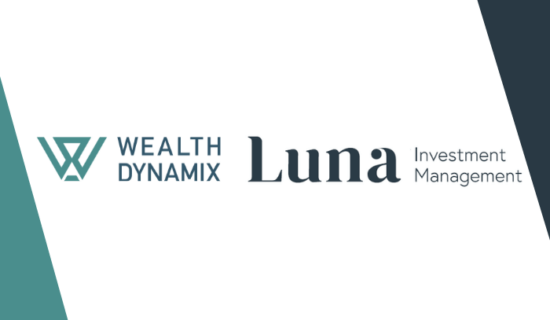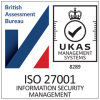In 2022, technology will transform relationships. And it doesn’t end with the client – it’s likely we’ll see greater collaboration right across the European financial services sector as banks and wealth management firms realise the power of technical expertise.
As we move into a new year, I have not one but three predictions. A result, perhaps, of the tremendous amount of flux and momentum evident across the financial sector:
More private banks will embrace Software-as-a-Service (SaaS) products and Cloud technology
It’s like something has been unlocked in the minds of decision-makers during the last year. I’ve witnessed less reticence to take decisive steps towards the digital transformation of businesses and a greater awareness of the advantages of SaaS and Cloud-based technology – a far cry from the “outside the country, outside control” Swiss mindset of old.
Rather than engaging in lengthy projects, wealth management firms are concluding that Client Lifecycle Management platforms delivered by SaaS are a credible route forward. Easy to implement and quick to take to market, these solutions provide an all-in-one package and have the added benefit of ongoing support and maintenance. Customisable, off-the-shelf solutions are viewed as a means to reduce the IT headache and instil confidence amongst the C-Suite that future innovations and further compliance can be navigated in the years to come.
So why the change of heart? The ‘stick’ driving this attitudinal shift is the alternative: costly and complex in-house builds that will require ongoing maintenance and are likely to take over a year to get off the ground. The ‘carrot’ lies in the associated expertise and maintenance purchased along with the solution. The headline benefit has to be the agility it bestows, though – a trait valued more highly than ever following the pandemic.
The client experience and portal will be as important as functionality
My second prediction relates to the client experience itself. We’ve observed how European retail banking is driving new habits amongst its customers, and there’s a real emphasis on personal autonomy. Self-service elements allow clients to undertake many tasks themselves and access services exactly when they want. They can consult their assets in real-time, undertake transactions and input their own personal data, which feeds into KYC requirements. Some may even be able to use secure chat functions and use reporting to see how they can improve their finances.
Private banks have witnessed these developments and can see that similar systems would streamline their onboarding and compliance processes and avoid many of the bottlenecks they’re dealing with day in, day out through legacy technology.
This is all driving a change of strategy – or rather an evolution – that allows the intimacy of relationships within wealth management to be achieved differently.
We’re at a stage where better reporting can aid a deeper understanding of clients. For the client, this has little to do with digitisation or algorithms; it’s simply about offering them more relevant information and recommendations. Relationship managers are starting to acknowledge that digital elements needn’t be at the cost of genuine relationships; rather experienced as an enhancement of them, available around the clock.
This focus on the client experience will broaden the market beyond the traditional wealth management service user for those who get it right. And some underserved client segments are far from niche – notably, CapGemini’s 2021 Wealth Report stated that women were ‘becoming increasingly prominent wealth segments but remained underserved.’
We’ll witness greater ecosystem collaboration between banks and Fintechs
We’re, therefore, at a pivotal point. The level of UX witnessed in popular retail banks, and purely digital challengers is extending into the mass affluent served by wealth managers. This is proving an incentive for retail banks and their wealth management arms to collaborate, and my final prediction relates to seeing much more inter-industry collaboration as the two-way benefits are realised.
The banks also recognise the potential of ‘plugging’ in solutions from FinTech companies. Whilst initially, such companies were viewed as industry disruptors, there’s a sense that a symbiotic relationship can now be achieved. This constitutes a real sea change within the industry, which could have far-reaching effects. As noted by FinTech magazine in November 2021, some banks are now “actively engaging in the FinTech community and opening digital innovations labs to disrupt themselves from within. In fact, a large number of FinTech companies are actually subsidiaries or side projects of first-generation banks.”
2022 will be all about optimisation through collaboration
In summary, technological advancement underpins the future success of European wealth management firms, and it will be critical to consult and collaborate to succeed.
2022 will be defined by finding new and innovative ways of working, both with clients and with tech and solution specialists. CLM platforms delivered via SaaS will aid fast adoption and a more client-focused approach for those firms eager to minimise friction and manual processes. It’s an environment that will deliver some tantalising opportunities for increased AuM via servicing existing clients’ more effectively and using data-driven insights to establish a sense of connection with a less traditional, more diverse client.





